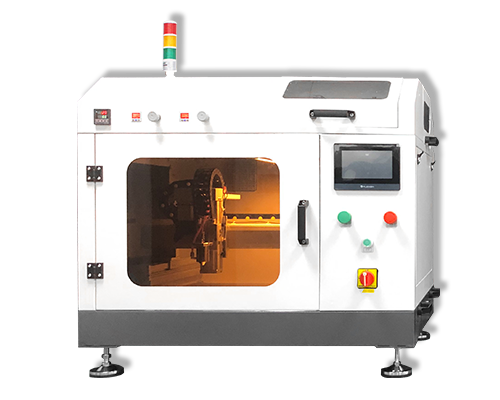Ultrasonic Spraying Technology in Carbon Capture Electrolysis
Ultrasonic spraying technology has emerged as a pivotal technique in the carbon capture electrolysis industry, playing a crucial role in the preparation of high-quality electrolytic membrane electrodes. This innovative application addresses the pressing need for efficient carbon dioxide (CO2) conversion processes, which are essential in mitigating greenhouse gas emissions and combating climate change.
Key Benefits of Ultrasonic Spraying in Carbon Capture:
1. High-Quality Electrode Preparation:
– Ultrasonic spraying enables the deposition of uniform and fine coatings on electrolytic membrane electrodes. The precision of the ultrasonic mist ensures that each electrode is covered evenly, enhancing the overall performance of the electrolysis system.
– The ability to control droplet size and distribution allows for the optimization of electrode surface properties, which is critical for maximizing reaction efficiency.
2. Improved Carbon Dioxide Conversion Rate:
– By creating well-structured and uniform electrodes, ultrasonic spraying enhances the electrochemical reactions involved in CO2 conversion. Improved electrode morphology can lead to higher catalytic activity, resulting in increased conversion rates of CO2 into valuable products such as fuels and chemicals.
– The fine coatings can also support better ion transport and electron transfer, further boosting the efficiency of the electrolysis process.
3. Material Efficiency:
– Ultrasonic spraying minimizes material waste by precisely applying coatings only where needed. This is particularly important in the context of advanced materials used for electrodes, which can be expensive and limited in availability.
– The method allows for the use of thinner coatings without compromising performance, contributing to a more sustainable and economical production process.
4. Versatility in Coating Materials:
– This technology can accommodate a wide range of materials, including polymers, metal catalysts, and other advanced materials, making it adaptable to various electrolysis systems and applications.
– The ability to tailor coating compositions and structures enables the development of electrodes that can be optimized for specific CO2 conversion processes.
5. Enhanced Durability and Stability:
– The uniform application of coatings contributes to the durability and longevity of the electrodes, which are critical factors in the operational efficiency of carbon capture systems.
– Improved stability under operational conditions can lead to reduced maintenance and operational costs, making the carbon capture process more economically viable.
In summary, the application of ultrasonic spraying technology in the carbon capture electrolysis industry significantly enhances the preparation of electrolytic membrane electrodes. By improving the quality and performance of these electrodes, this technology plays a vital role in increasing the carbon dioxide conversion rate, thereby contributing to more effective solutions for carbon capture and utilization. As the demand for sustainable energy and carbon management solutions grows, ultrasonic spraying technology will likely continue to be an important tool in advancing these efforts.
About Cheersonic
Cheersonic is the leading developer and manufacturer of ultrasonic coating systems for applying precise, thin film coatings to protect, strengthen or smooth surfaces on parts and components for the microelectronics/electronics, alternative energy, medical and industrial markets, including specialized glass applications in construction and automotive.
Our coating solutions are environmentally-friendly, efficient and highly reliable, and enable dramatic reductions in overspray, savings in raw material, water and energy usage and provide improved process repeatability, transfer efficiency, high uniformity and reduced emissions.
Chinese Website: Cheersonic Provides Professional Coating Solutions


